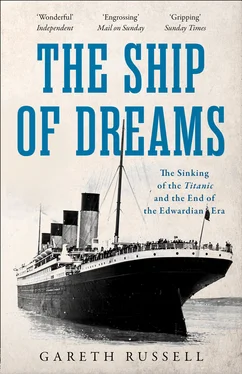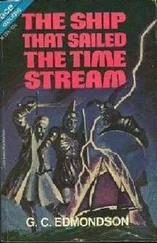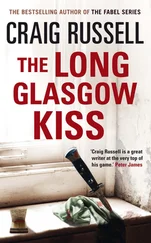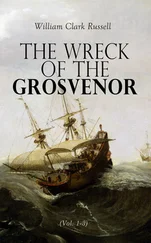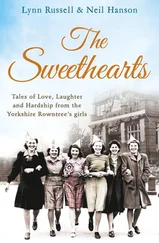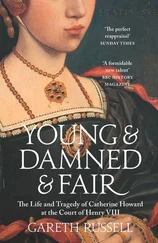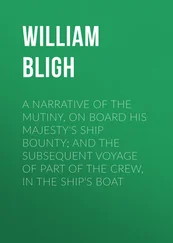Affection rippled through the crowd as the fantastic spectacle of the Golden State Coach trundled into view, carrying four women transformed into black pillars by clouds of mourning lace and veil. Edward VII’s sixty-five-year-old widow, Alexandra of Denmark, one of the most consistently popular members of the British Royal Family since her arrival in 1863, had borne five children and buried two, but she retained the slender beauty of a person twenty or thirty years her junior. The Prime Minister’s daughter-in-law, who watched as Alexandra went by and saw her later at the interment, wrote in her diary that evening, ‘She has the finest carriage and walks better than anyone of our time and not only has she grace, charm and real beauty but all the atmosphere of a fascinating female queen for whom men and women die.’[21] Joined in the coach by her younger sister the Dowager Empress of Russia, her daughter Queen Maud of Norway and her daughter-in-law the new Queen consort, Alexandra was so moved by the sight of the crowds that at Hyde Park she broke with protocol by lifting her veil to bow her head to them, at which point hundreds of people began shouting variations of ‘God bless you!’[22] Most unusually in a country that still prided itself on its proverbial stiff upper lip when in public, the Queen Mother’s gesture produced sobbing from dozens, if not hundreds, of people.[23] Behind her carriage came coaches attended by scarlet-liveried footmen and transporting the men who were one day expected to inherit the thrones of Austria-Hungary, the Ottoman Empire, Greece, Romania, Serbia and Montenegro. They were followed by representatives from the reigning houses of Russia, China, Italy, Japan, the Netherlands, Persia and Siam. With this dynastic confraternity sat members of the deposed royal houses of France and Brazil, as proudly and conspicuously as if their families still reigned from the Tuileries and São Cristóvão – as though nothing had ever really changed and the republics that had toppled them were an aberration, a nightmarish blip from which the world might soon recover. Noëlle’s husband marched with the dukes, marquesses and earls of Edward’s nobilities, custodians of the hereditary compact that stretched back to before the three British kingdoms and one principality had been ruled by a single house.[fn2] Far behind these princes and potentates, America’s President Theodore Roosevelt rode with delegates sent by other republics, in a horse-drawn carriage without gilding and manned by footmen in a duller colour of livery. The French republic’s Foreign Minister was incandescent at the slight; Roosevelt, at least publicly, insisted that he did not care.[24]
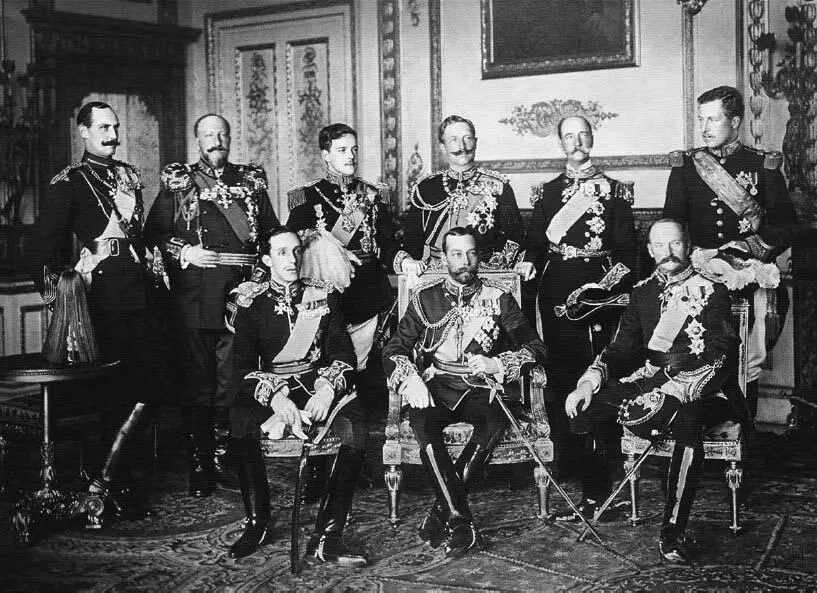
After the funeral: the monarchs who gathered to mourn Edward VII, standing from left to right King Haakon VII of Norway, Tsar Ferdinand of Bulgaria, King Manuel II of Portugal, Germany’s Kaiser Wilhelm II, Greece’s King George I and King Albert I of the Belgians. Sitting from left to right are kings Alfonso XIII of Spain, George V of the United Kingdom and Frederick VIII of Denmark.
Sovereign funeral (The Protected Art Archive/Alamy Stock Photo)
With the benefit of hindsight, Edward VII’s funeral took on the appearance of an entire world gathering to bury itself alongside the man whose name had been given to their era, but at the time it appeared instead as the appropriate grief of an immutable order. When a peer who had taken his little daughter to watch the royal funeral asked her to say her prayers before bedtime, she replied, ‘It won’t be any use. God will be too busy unpacking King Edward.’[25]
Nonetheless, Edward VII’s death heightened the general sense of unease in his country. The King’s passing could not have come at a more politically delicate moment for Britain, one that Edward’s subtle influence and considerable experience had, rightly or wrongly, been trusted by many to ameliorate. Seven months before bronchitis took Edward VII, the United Kingdom had collided with a constitutional crisis through the deployment of their veto by the House of Lords, the upper chamber of Parliament consisting of the Lords Spiritual, the bishops of the devolved branches of the Anglican churches in England, Scotland, and Wales, and the Lords Temporal, the hereditary peers. The Lords’ use of the veto was well within their constitutional rights, but their decision to wield it against the Liberal government’s Budget was vibrant testament to the difference between the permissible and the sensible. The House of Lords had not vetoed any financial Bill sent to them by the elected House of Commons since the seventeenth century and so their decision to do so in the winter of 1909 focused attention on whether the veto should have survived into the twentieth.
The new Budget raised taxes substantially on the wealthiest of King Edward’s subjects, ostensibly in furtherance of the aim of providing funds for old age pensions and to meet the cost of naval rearmament. The surtax of 2.5 per cent on the amount by which all incomes of £5,000 or more exceeded £3,000 might seem laughably low today, but the four new kinds of tax levied on land struck the peers as a deliberate piece of class warfare, with the majority of the shrapnel aimed squarely at those whose ancient privileges were tied to their positions as landowners. That taxes were not being raised as significantly on those made rich by the factories of the Industrial Revolution did not go unnoticed; likewise invoked were dark mutterings that the Budget represented a grossly untenable expansion of the state’s powers. The upper chamber’s rejection of the Budget forced the King to call another election at which, incredibly, the Lords seemed to receive some limited form of popular approval when the Conservatives, who dominated the hereditary Lords but had lost their majority in the elected Commons, won back 100 of the seats they had lost in the 1906 election. The Liberals had, however, still won enough to be returned to office and they immediately allied themselves with two smaller parties, Labour and the Irish Parliamentary Party, to outnumber the Tories decisively in the House of Commons. In a victorious mood, the Liberal coalition tabled three resolutions to prevent a repeat of 1909 – firstly, the Lords would lose the right to amend or reject a financial Bill; secondly, the lifespan of a Parliament was decreased from seven years to five, thus enabling more frequent elections; and, finally, the Lords’ veto was to vanish, to be replaced by the right to delay by a maximum of twenty-five months any piece of legislation passed in the Commons.
It was as this dilemma over the greatest change to the British Constitution in centuries accelerated that Edward VII died. Expectations that his reactionary son would lend royal support to the nobility were crushed when George V made it clear that he saw his job as brokering a peaceful settlement rather than favouring one side against the other, whatever his personal opinions might be. Lord Haldane, the Liberal government’s Secretary of State for War, who had initially expected subtle Tory politicking from the new monarch, was touched and impressed by how George V walked the tightrope of his first few steps as monarch: ‘I have in these days come to greatly admire the King. He has shown himself to have far more of his father’s qualities of tact and judgement than I supposed. He is being bombarded by Tory extremists with all sorts of suggestions.’[26] The proposal that George V should withhold the Royal Assent, something which had not been done since the reign of his distant predecessor Queen Anne, was shot down by the King, who rightly predicted it would divide the nation even further.[27]
Читать дальше
